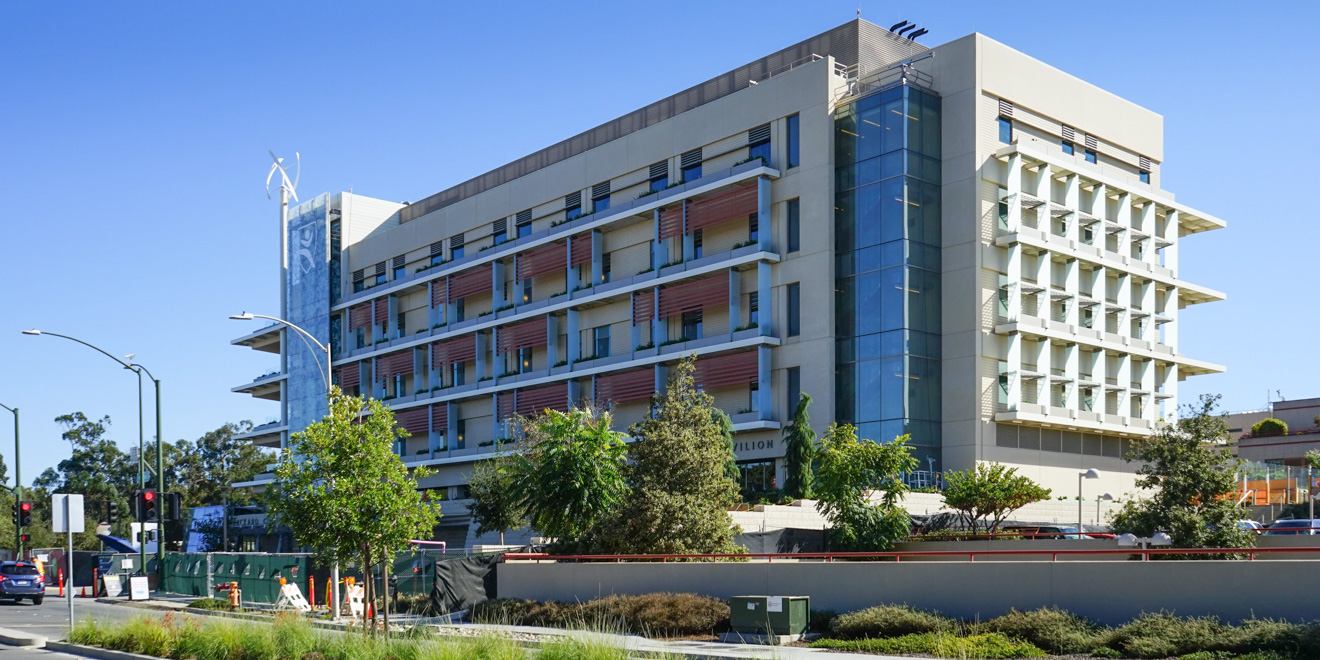Stanford Children’s Health plans to provide approximately 2,500 telehealth appointments — in which patients and their families can use devices such as cellphones and tablets to see Stanford Medicine physicians remotely — in 2019, making a more than twofold increase in use of the service.
In 2018, Stanford Children’s Health provided 1,100 telehealth appointments.
Telehealth visits are offered as follow-up appointments to in-person visits. Some of these are clinic-to-clinic visits, in which a nurse practitioner examines a child in person at a remote clinic while a high-resolution camera and microphone let the physician at the specialty clinic see and hear exactly what the nurse practitioner does.
Stanford Children’s Health digital health services director Vandna Mittal told the Stanford Medicine News Center that clinic-to-clinic telehealth appointments “are not only saving families time [when] traveling to appointments and taking their kids out of school and work,” but “are also maximizing our providers’ ability to see more patients, fill in last-minute cancellations and accommodate urgent requests.”
Clinic-to-school visits are also offered, which reduce the need for a child and their guardians to travel to a doctor’s office by enabling the doctor and the school nurse to interact remotely. Mittal told the Stanford Medicine News Center that clinic-to-school visits are especially beneficial for diabetes patients who may live far from a hospital but need regular blood glucose monitoring.
Telehealth is just one element of what Mittal referred to as Stanford Children’s Health’s “multi-pronged” digital health approach. Remote care monitoring and the MyHealth patient portal — which offers mobile support from both English- and Spanish-speaking staff to Stanford Children’s Health patients 24 hours a day, seven days a week — are the other two elements.
The MyChart patient portal can be accessed through patients and their families’ mobile devices. According to Mittal, teenagers receiving behavioral healthcare tend to use MyChart when they’ve left the Bay Area for college but want to continue working with a mental health provider they know at Stanford.
Meanwhile, the Children’s Health developmental-behavioral clinic makes use of telehealth appointments to interact with child patients in their homes and other play environments. Such interaction enables the health providers to more accurately evaluate children’s conditions.
In addition to enabling remote service provision, Packard Children’s Hospital telehealth allows on-call inpatient doctors to evaluate patients in the emergency department before they are admitted.
“Thanks to advances in medicine and science, we are able to care for more children with chronic or serious conditions than ever before, and digital health allows more flexibility and greater access to the best care available,” Mittal told the Stanford Medicine News Center.
Contact Holden Foreman at hs4man21 ‘at’ stanford.edu.
